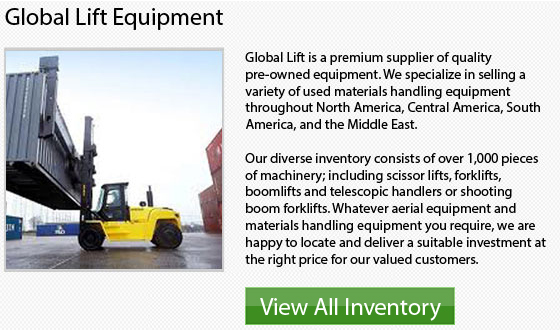
Electric Forklift Specs
The lift truck is a common piece of equipment used to carry and lift goods and materials on jobsites like construction and warehousing. Forklifts now are available in varying classes and are powered with various sources. Nowadays, electric forklifts have become popular for a number of industries. They are powered by rechargeable lead-acid batteries that are bigger and more powerful than car batteries. In this broad category of electric lift trucks, there are various sub-types distinguished by several common conditions.
Load Capacity
The amount oftotal weight a lift truck unit could support is the load capacity.
Stroke
The stroke refers to the vertical lift travel of the forklift. It describes the total difference between the fully-raised and fully-loaded positions of the particular forklift.
Classes
In order to organize the features of the various units, classes of lift trucks have been categorized into eight classes. Classes III, II and I pertain to electric forklifts. Class I lift trucks cover electric motor trucks designed to be ridden by the operator while in operation. Class II electric forklifts are manufactured for efficiency in narrow aisle environments and are recommended for stocking and pulling goods inside a warehouse. Class III electric forklifts are motor-powered hand trucks which are operated by an individual who walks at the rear of the model.
Battery Specifications
Battery specifications provide information regarding what kind of performance you could expect from them. Most forklifts have a plate which identifies the amount of volts available from the battery. The weight of the battery would often be specified on the forklift as well, as that specification is required to know the amount of weight the lift truck would need to support. Usually the information also consists of the weight of the forklift truck without the battery.
Input
Input refers to the amount of energy input which the lift truck's battery is designed to accept while charging. This is an essential specification. For example, an electric lift truck may be able to accept either 230 or 460 volts at a time.